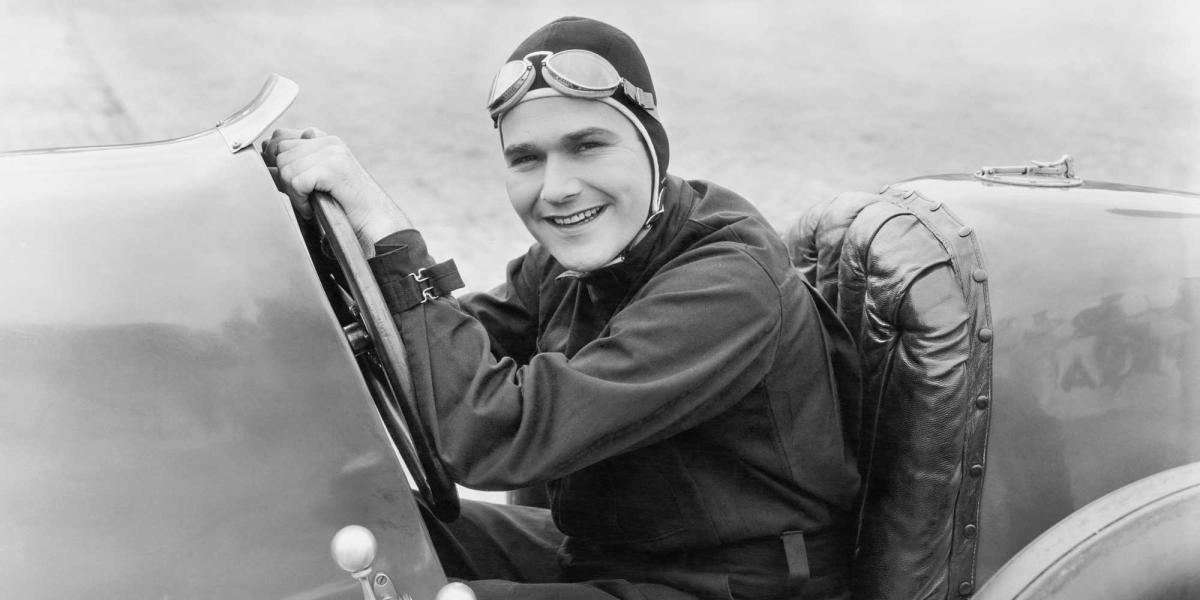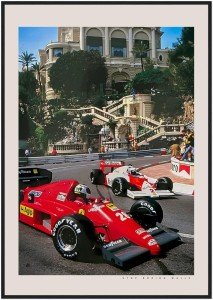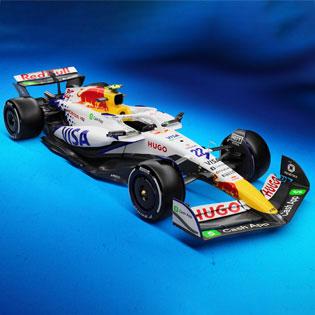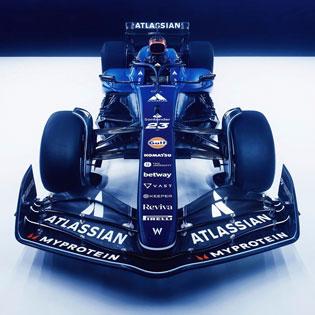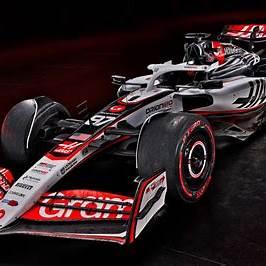The Complete History of Formula 1 Racing: From Grit to Glory
Formula 1, often known simply as F1, is the pinnacle of motorsport—a world where cutting-edge technology, elite athleticism, and international glamor collide. But behind the billion-dollar industry and global fanfare lies a storied history that began on dusty European roads and evolved into a high-tech spectacle watched by millions.
This article explores the full history of Formula 1 racing, tracing its roots from early 20th-century Grand Prix racing to the modern era of hybrid engines, global circuits, and superstar drivers.
The Origins: Pre-World War II Grand Prix Racing
Before Formula 1 officially existed, there was Grand Prix motor racing. In the early 1900s, wealthy car manufacturers and enthusiasts began organizing races across Europe. The first official Grand Prix took place in 1906 in Le Mans, France, organized by the Automobile Club de France.
These early races were perilous. Long, unpaved roads, minimal safety gear, and fragile cars made survival a challenge. Yet they drew huge crowds and rapidly gained popularity. By the 1930s, Germany, Italy, and France were battling for dominance with state-backed teams like Mercedes-Benz and Auto Union.
However, the outbreak of World War II in 1939 put a halt to all major racing activities.
The Birth of Formula One: 1950 and the FIA World Championship
In the post-war years, motorsport made a strong comeback. The Fédération Internationale de l'Automobile (FIA) sought to standardize rules and create a formalized world championship. Thus, the Formula One World Championship was born.
The inaugural season launched in 1950, with the first official Formula 1 Grand Prix held at Silverstone, UK, on May 13, 1950. Italian manufacturer Alfa Romeo dominated that year, and Giuseppe Farina became the first ever World Champion.
This new "formula" dictated strict rules for car design and performance, and by the early 1950s, F1 had established a regular calendar of European races and growing international interest.
Monaco GP Vintage F1 Fan Poster
Bring the thrill of the Monaco Grand Prix to your wall with this stylish vintage F1 fan poster
Product information
SGD 55.82
Product Review Score
4.49 out of 5 stars
179 reviewsProduct links
The 1950s–1960s: Risk, Innovation, and Legends
The 1950s and 1960s were marked by rapid technological development, but safety often lagged behind. Iconic names like Juan Manuel Fangio, Stirling Moss, and Jim Clark became household names. Fangio, driving for Alfa Romeo, Maserati, Mercedes, and Ferrari, won five world titles—a record that stood for nearly 50 years.
During this era:
-
Rear-engine cars began to replace front-engine designs
-
British teams like Lotus, Cooper, and BRM started to challenge Italian dominance
-
Tracks remained treacherous, with limited barriers or medical response
-
Fatalities were tragically common, pushing the sport toward future safety reforms
The 1970s–1980s: Global Expansion and Corporate Power
The 1970s marked a turning point. With the rise of television broadcasting, Formula 1 went global. Races were now held in Brazil, Japan, Canada, and the USA, transforming F1 into an international spectacle.
This era saw:
-
The emergence of big sponsors and commercial teams like McLaren, Ferrari, and Williams
-
The rise of Bernie Ecclestone, who transformed the sport’s business model into a multi-billion dollar enterprise
-
Groundbreaking technology like aerodynamic wings, turbocharged engines, and carbon fiber chassis
Legendary rivalries defined the sport: Niki Lauda vs. James Hunt, Ayrton Senna vs. Alain Prost—these duels captured the imagination of fans worldwide and elevated F1’s status.
But it was also a dangerous time. Lauda’s fiery crash at the Nürburgring in 1976 and the tragic death of Gilles Villeneuve in 1982 led to increased focus on driver safety.
The 1990s–2000s: Modernization and Dominance
With technology accelerating, Formula 1 entered the modern era. The 1990s and early 2000s were dominated by:
-
The rise of Michael Schumacher, who won seven world titles (five with Ferrari)
-
Improved pit strategy, tire management, and telemetry systems
-
Major manufacturers like Mercedes, Honda, Renault, and Toyota entering the sport
Tracks became safer. Helmets, HANS devices, and crash barriers were improved. The tragic 1994 Imola weekend, where Ayrton Senna and Roland Ratzenberger lost their lives, prompted the FIA to launch a wave of safety reforms that continue to this day.
The 2010s: Hybrid Power and Data-Driven Racing
In 2014, Formula 1 transitioned into the hybrid era, with 1.6-liter turbocharged V6 hybrid engines. These power units combined traditional internal combustion engines with Energy Recovery Systems (ERS), making them the most complex in motorsport.
This era brought:
-
Unprecedented dominance by Mercedes-AMG Petronas, led by Lewis Hamilton, who tied Schumacher’s record with seven titles
-
Massive investment in aerodynamics, simulation tools, and race strategy AI
-
A push for sustainability and a more diverse fan base, with the launch of F1’s We Race As One campaign
Streaming, esports, and Netflix’s Drive to Survive helped reignite F1’s global popularity, especially in the U.S. market.
The 2020s and Beyond: New Regulations and a New Era
In 2022, Formula 1 introduced a new set of regulations aimed at improving overtaking and racing parity. Key changes included:
-
Ground-effect aerodynamics to reduce dirty air and allow cars to follow closer
-
A budget cap to level the playing field between teams
-
Expanded races in new territories like Saudi Arabia, Miami, and Las Vegas
Rising stars like Max Verstappen, Charles Leclerc, Lando Norris, and George Russell are now challenging the old guard.
The sport also committed to net zero carbon emissions by 2030, investing in sustainable fuels and greener logistics.
Conclusion: Formula 1’s Legacy and Future
From the open roads of early 1900s Europe to the ultra-modern circuits of today, the history of Formula 1 is one of relentless evolution. What began as a test of man and machine has grown into a globally celebrated institution, combining engineering excellence, human bravery, and entertainment value like no other sport.
Formula 1 continues to push boundaries—technologically, commercially, and socially—proving that while its roots are in the past, its eyes are firmly on the future.
